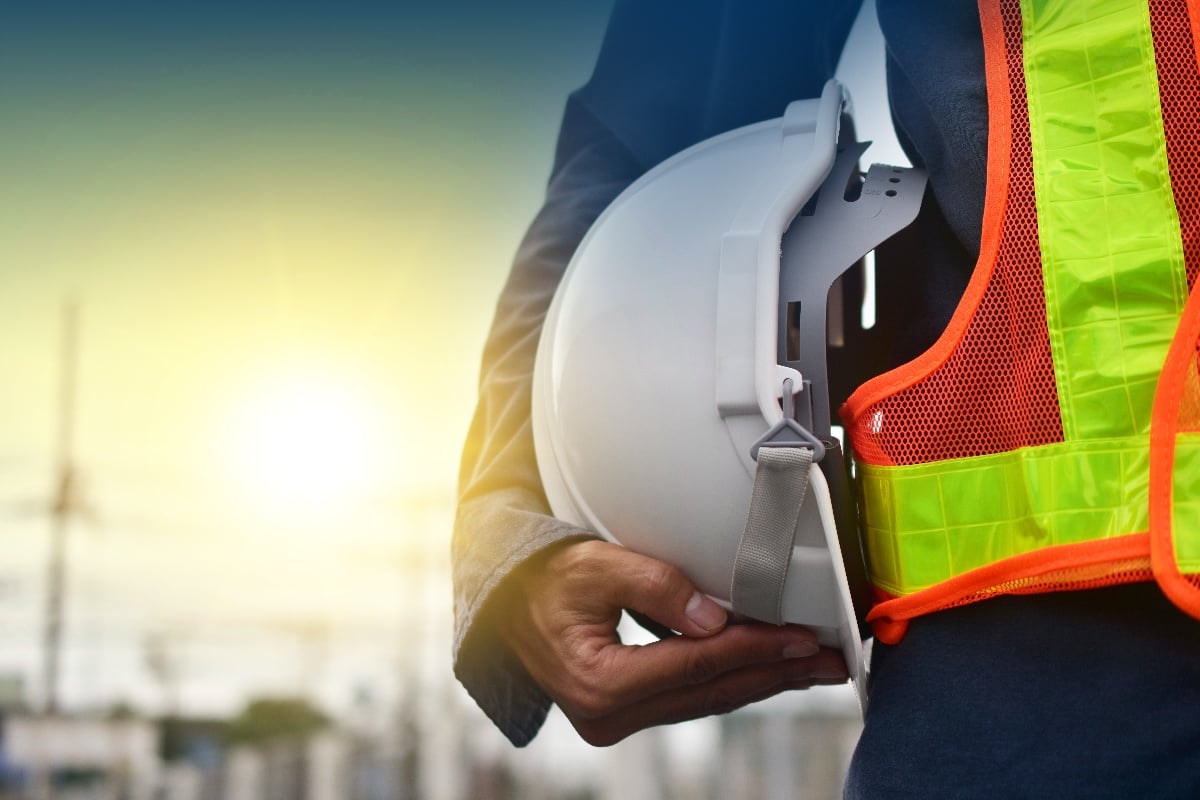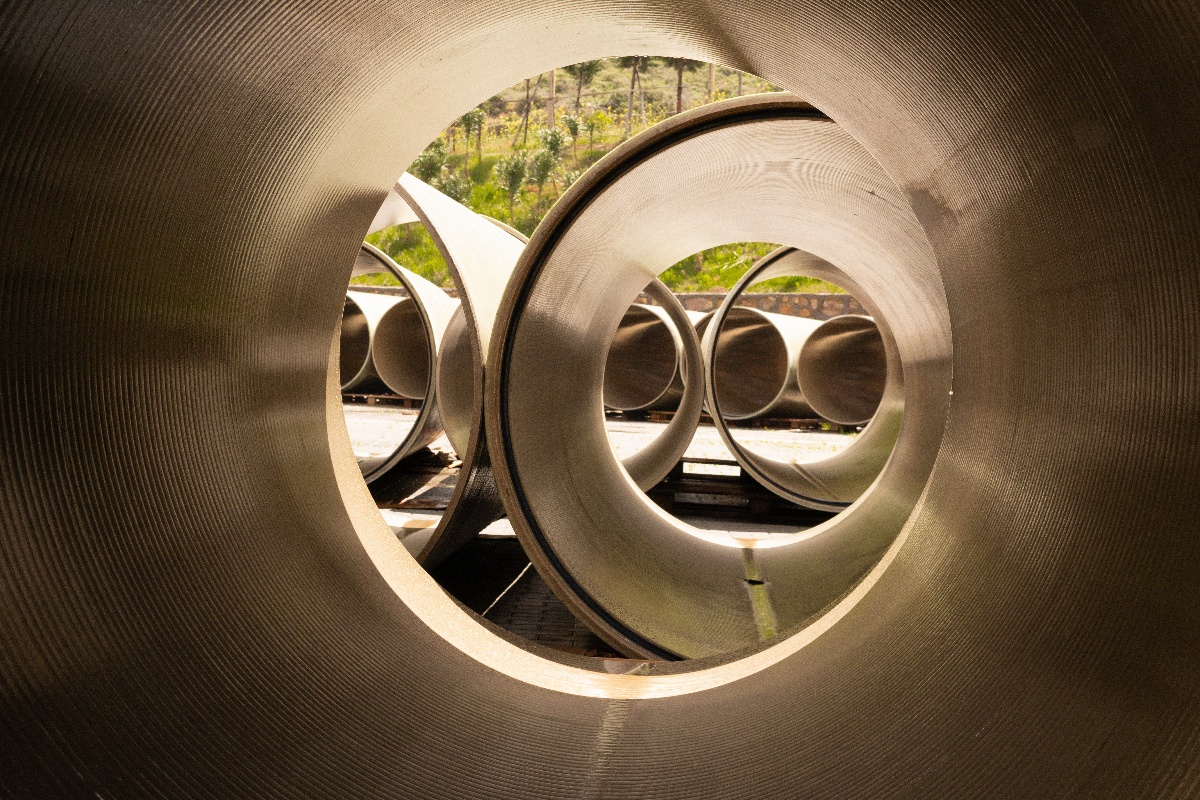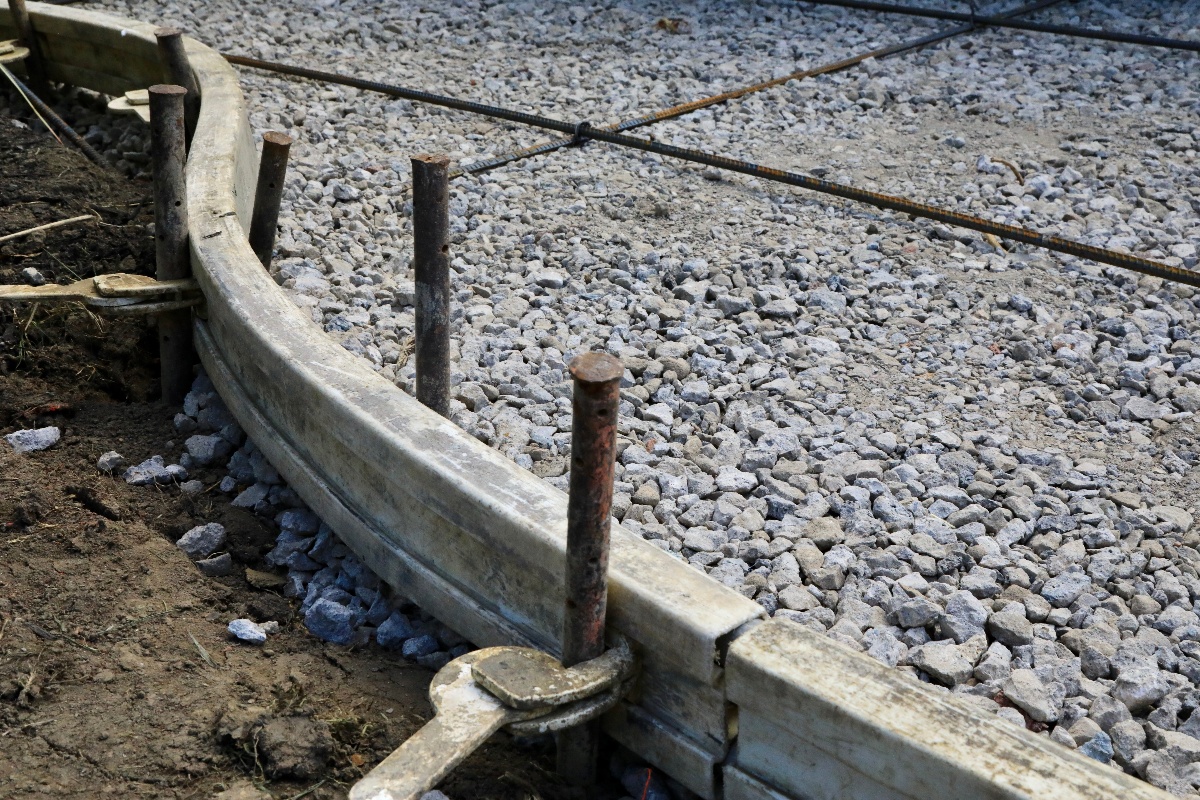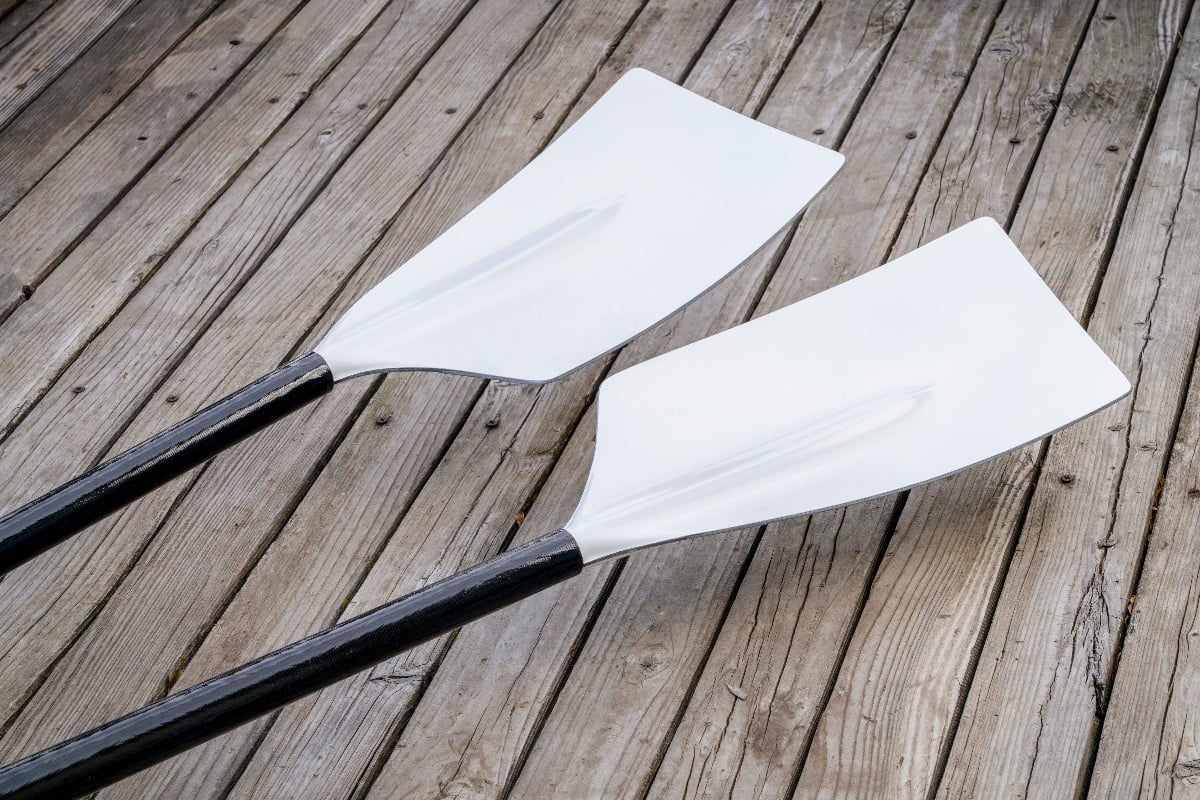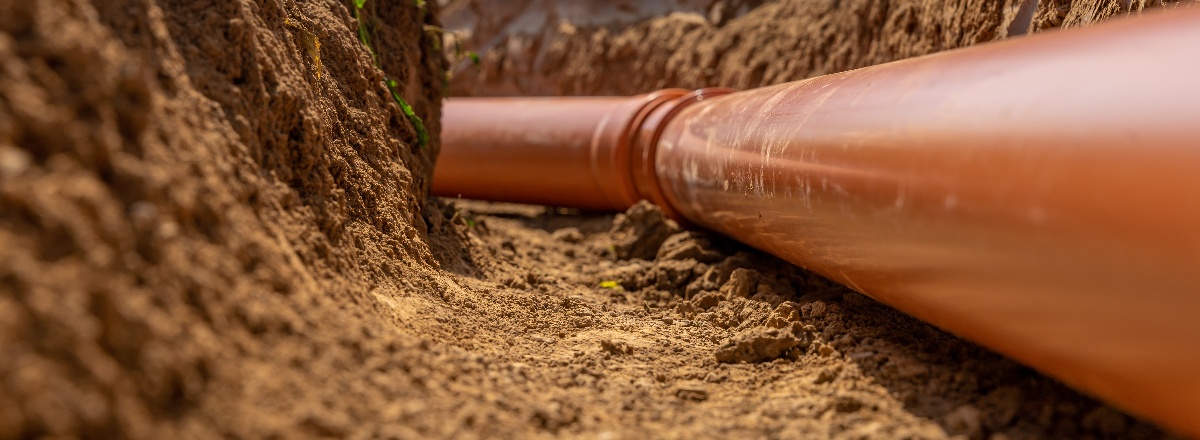
Protective gear plays a vital role in safeguarding workers across various high-risk industries. From construction sites to offshore oil platforms, the equipment that keeps employees safe can mean the difference between life and death.
As industries continue to innovate and operate in more extreme environments, the demands on protective technologies also intensify. By understanding the capabilities and limitations of current safety gear, as well as emerging solutions, engineers can better contribute to developing the next generation of life-saving equipment for workers worldwide.
This article aims to provide a snapshot of some key aspects of protective technologies that enable engineers to continue pushing the boundaries on safety in high-risk work and how fiberglass-reinforced plastic (FRP) can help engineers design more effective safety equipment.
Engineering Considerations in Protective Gear Design
The design of effective protective gear requires balancing multiple considerations to ensure both safety and usability for workers. A key tradeoff engineers have to optimize is protection versus comfort and freedom of movement. More extensive padding and armor provide greater impact absorption but can impede motion, flexibility, and vision if not carefully engineered.
Ergonomics is vital in gear design to integrate protection features while maintaining wearability. Factors like weight distribution, breathability, customizability, and contouring to match the human form all influence how seamlessly protective equipment can function as a second skin for workers. If the gear is too bulky, heavy, or uncomfortable, employees are less likely to wear it consistently, reducing its safety benefits.
Innovations like lightweight, high-strength materials, strategic padding zones, and adjustable fits are all ergonomic solutions that aim to maximize protection without sacrificing comfort. Exoskeletons and supportive braces also enhance safety by reducing strain and fatigue. Smart textiles with cooling features or sensors can optimize performance too. Human factors testing and user feedback in the development process enable designers to strike the right balance between safety and usability.
The most effective protective gear leverages a holistic integration of impact guards, helmets and specialized apparel that safeguards users while enabling the required mobility, vision and comfort to perform tasks efficiently. Keeping the needs of workers centered in design is key to developing solutions that truly deliver the intended protection in real hazardous environments.
Materials Used in Protective Gear
Protective gear designed for hazardous industrial environments must withstand significant impact forces while enabling worker mobility. The materials used play a major role in balancing impact absorption, durability, weight, and flexibility.
Hardshell materials like metals and engineering plastics like high-density polyethylene provide unmatched protection from blunt forces, cuts, and heat. Metals like aluminum, steel, titanium, and their alloys offer durability and impact resistance. Plastics are lighter, resistant to corrosion, and provide electrical insulation. However, their stiffness can restrict movement.
Foam padding materials like expanded polystyrene and polyurethane provide cushioning from impacts by deforming and absorbing energy. Flexible pads ensure comfort and freedom of motion. Advanced foams have varying densities tuned to distribute and dampen forces. However, they can deteriorate over time.
Composite materials combine properties of multiple constituents. Fiber reinforced polymers use high-strength, lightweight aramid, carbon or glass fibers embedded in a polymer matrix for rigidity and resilience. Hybrid metal-polymer composites also aim to balance impact resistance, weight and flexibility.
No single material optimizes all properties. Using layered or selectively reinforced constructions and newer materials like aerogels and cellular metals allows protective gear to be lightweight while providing tailored impact absorption, insulation, breathability, and flexibility in different zones. The quest for materials that enhance safety without limiting mobility is still ongoing. One potential material is fiberglass-reinforced plastic.
Fiberglass Reinforced Plastic for Protective Gear
Fiberglass-reinforced plastic has emerged as a promising material for protective equipment across industries. Also known as glass-reinforced plastic, FRP consists of glass fibers encapsulated within a polymer resin matrix. The glass provides impressive strength and rigidity, while the resin plastic matrix protects the fibers from damage.
FRP offers an exceptional balance of high-impact resistance, lightweight construction, and durability that makes it well-suited for protective gear applications. With strength-to-weight ratios comparable to metals like steel, FRP allows for lighter-weight designs than traditional metal materials. The resin matrix also provides corrosion resistance and electric insulation.
Moreover, the properties of FRP can be tailored by varying the type and orientation of glass fibers and resin used. This allows engineers to create optimized designs with FRP targeted to withstand specific hazards. Specific product forms like FRP grating have become popular options for protective covers in industrial flooring and platforms.
As technology advances, the impact resistance, customizability, and cost-effectiveness of FRP will only improve further. Its capacity to be molded into complex safety equipment pieces gives designers ample flexibility too. We can expect FRP to feature more prominently in the next-generation of high-performance protective gear across sectors.

